This post was last updated on August 24, 2022 by srinivas krishnaswamy
One of the questions we are most often asked is how someone should transition from a synthetic hair colour or a chemical hair dye to a purely natural hair colour like the Krya hair colour range? What can be expected as the transition occurs initially? How long will it take to get a fast, long lasting hair colour after transitioning? How will the shades vary from what we are used in synthetic dyes? Finally, will there be any change in the hair or scalp health?
To address these questions, here is the updated version of a detailed blog post which we wrote in 2017. We have since refreshed it explaining in detail how synthetic colours work, how natural colours work differently from colour, what to do when you have chemically damaged hair and want to transition to a natural hair colour, etc. So, read on.
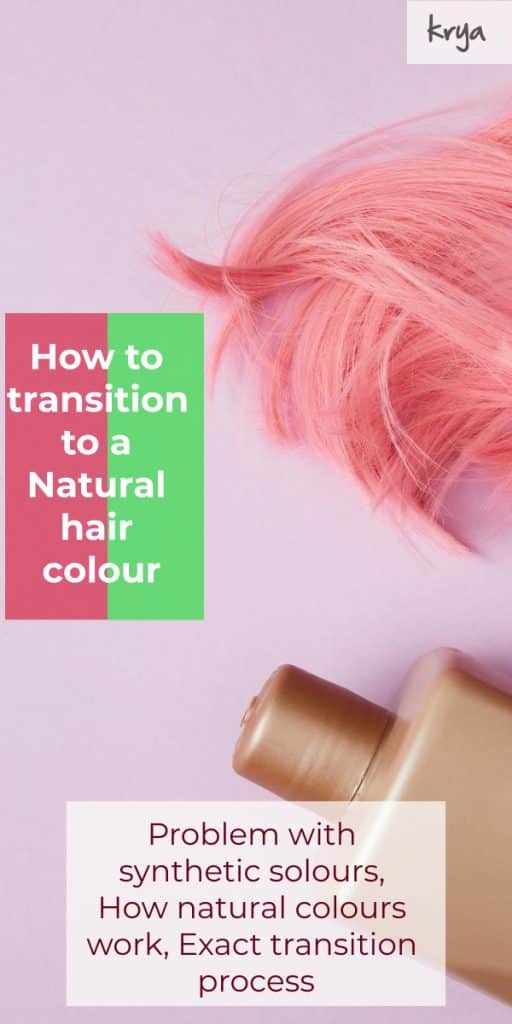
Synthetic colours lead to scalp & hair Damage
With periodic, long-term colouring, there is extensive scalp and hair damage. The nature of this damage also aggravates depending upon how much you deviated from your natural shade while colouring your hair with synthetics.
The combination of your cuticles plus sebum is your hair’s natural water barrier layer. Together these 2 parts create a strong, hair protecting, water repellent layer. This barrier ensures that your hair does not absorb too much water and always bounces back to its original shape, just like your expensive woollen sweater.
We have discussed how extensively synthetic hair colours and salon treatments damage hair before. The damage comes from how these products subvert the natural design rules of hair and aggressively damage its structure.
Chemical hair dyes damage this natural water barrier in the hair
Synthetic hair colours strip hair of its natural sebum content. They also remove the hair’s internal layer of fatty acids which are attached to the natural colour pigments in your hair.
Synthetic hair dyes also extensively damage the hair cuticles. They break off parts of the hair’s cuticle leaving gaps. In the other places, the cuticle is weakened. Wherever the cuticle has gaps and is missing pieces, the hair is rough. Wherever the cuticle is weak, hair is brittle and snaps easily.
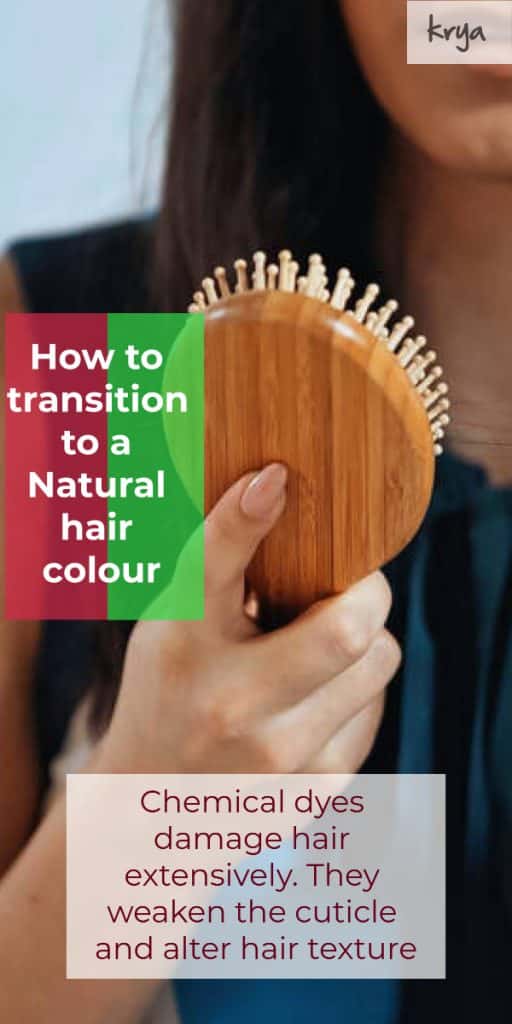
With the loss in sebum, natural fatty acids and damaged cuticle, hair over absorbs water whenever wet, instead of repelling it. In every hair wash, water seeps into hair, weakening it, expanding it internally and breaking it. With change in pH, and loss in sebum and toxin coating, the scalp is no longer healthy. So, hair growth slows down and new hair is weak and brittle.
What is the final result of repeated use of synthetic hair colours and dyes? Poor scalp health, poor hair growth, high hair breakage, hair dullness, brittleness, and high hair porosity.
How do natural colours work on hair?
Natural colours work in a very different way compared to chemical hair dyes and synthetic hair colours.
External coating of colour onto cuticle:
Natural colours which are based on henna and indigo attach themselves to the external cuticle of hair. Henna bonds with dye receptor sites that are naturally present on the external cuticle. Ergo, if the cuticle has gaps or is weak, it is likely that the colour latching will also be patchy or fade fast.
No stretching or lifting of Cuticle scales
Synthetic colours forcibly lift up cuticle scalps to create a gap so that the chemical colour can enter the hair cortex and change the natural colour of hair. This process does not take place in natural colours as they merely form a temporary bon onto the external cuticle
The natural pigment of hair and its sebum structure is not altered
Synthetic colours remove the natural pigment of hair and bleach hair first before colouring it. This process removes the attached sebum particle in hair making hair very rough, brittle and dry. This process is not present in natural colours
Natural dyes form a weak bond with the external cuticle of hair
This allows the natural movement of the cuticle and does not hamper its functionality. But this also means that they will fade quicker compared to synthetic colours
Natural dyeing process is linked to the health and strength of the external cuticle
As the entire process of colour works on the cuticle, the health and strength of the cuticle are the make-or-break factors when it comes to the success of your natural colour experience. If your cuticle is damaged, or weak or if the hair is considerably dry or brittle, you will have a poorer dyeing experience with natural colours. If you work on your hair regimen and improve the health of the cuticle, the natural dyeing experience also improves.
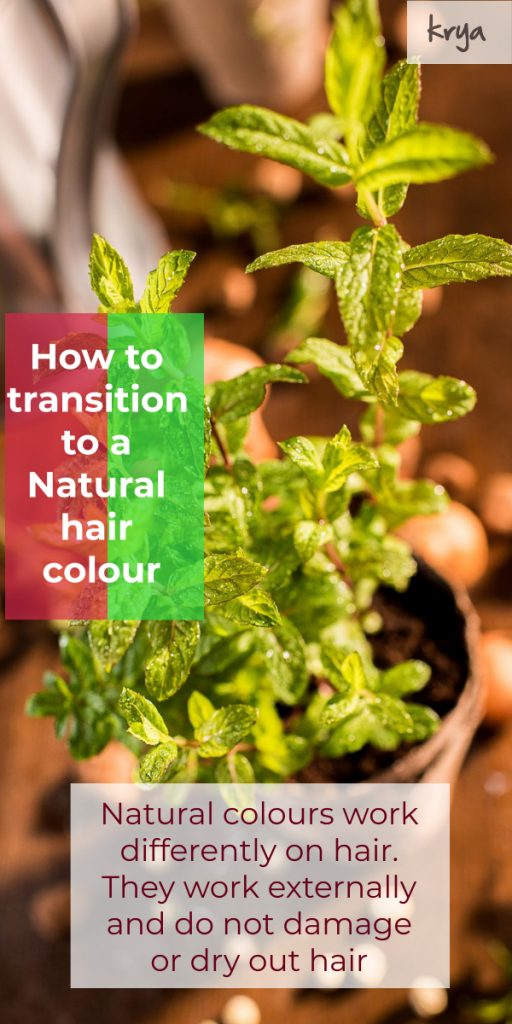
Many of our customers come to us after long experiments with chemical colours. Read on for the steps below on how to successfully transition from a chemical colour to a natural hair colour before.
How to successfully transition to a natural hair colour- key points
- The key to successful natural colouring is the health of your cuticle. If it is damaged, you will need to give it time to heal
- We recommend continually working on your scalp and hair health by following a good hair care regimen. The products we suggest would depend upon your hair type and hair concerns (hair thinning, greying, dryness, dandruff, stress, insomnia, hair fall after illness). All our hair care ranges go along with our hair colours.
- If your cuticle is already damaged due to repeated synthetic colouring start with the Krya Damage repair system
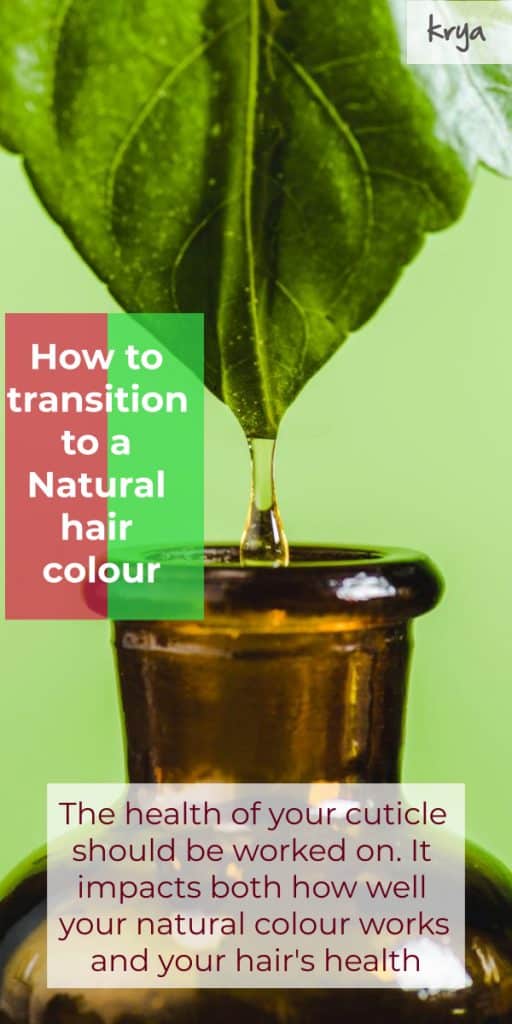
- Reduce colour fade and cuticle damage by switching to our all-natural hair wash Choornams instead. Colour fade of natural hair colours is much faster with a synthetic shampoo
- Do not further damage hair by using synthetic shampoos, or by using heat or chemicals on hair.
Is your hair chemically damaged – recognising the signs
When hair is damaged, growth is slow / poor and the hair that grows has less strength and health.

Transitioning from synthetic colours to natural colours: In chemically damaged hair
If your hair is showing signs of chemical damage, we recommend first starting with a Damage Repair hair programme, BEFORE starting on natural colours. In this transition period, we recommend stopping using ANY synthetic hair colour, conditioner, shampoo and focusing on limiting and healing hair damage using the Krya Damage Repair hair system.
- Chemically damaged hair MUST be oiled atleast 4-5 times a week. The oil must NOT be washed off immediately. We recommend scalp oiling using 1/4 – 1/2 tsp of oil at a time to help nourish the scalp
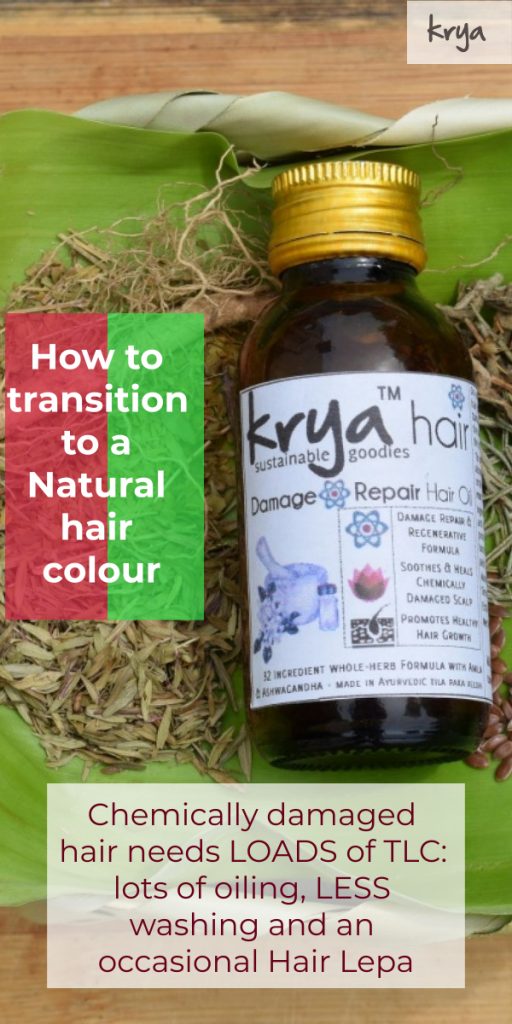
- The Krya Damage Repair Hair mask is an Ayurvedic keshya Lepa designed to be used atleast once a week for 20 – 30 minutes on damaged hair. Using this mask detoxifies the scalp and stimulates healthier and stronger, hair growth.
- Hair washing must be restricted in damaged hair as the hair easily swells and breaks due to lack of sebum, and damage to the cuticular scales. Hair and scalp must be generously oiled before hair wash as a preventive measure to arrest further hair breakage. IF your hair is extremely damaged, wash it just once a week.
When to start using the Krya natural colours:
We advise an ideal transition period of 6-8 weeks. With the regular use of the Krya Damage repair hair system– you should notice the following differences in hair quality:
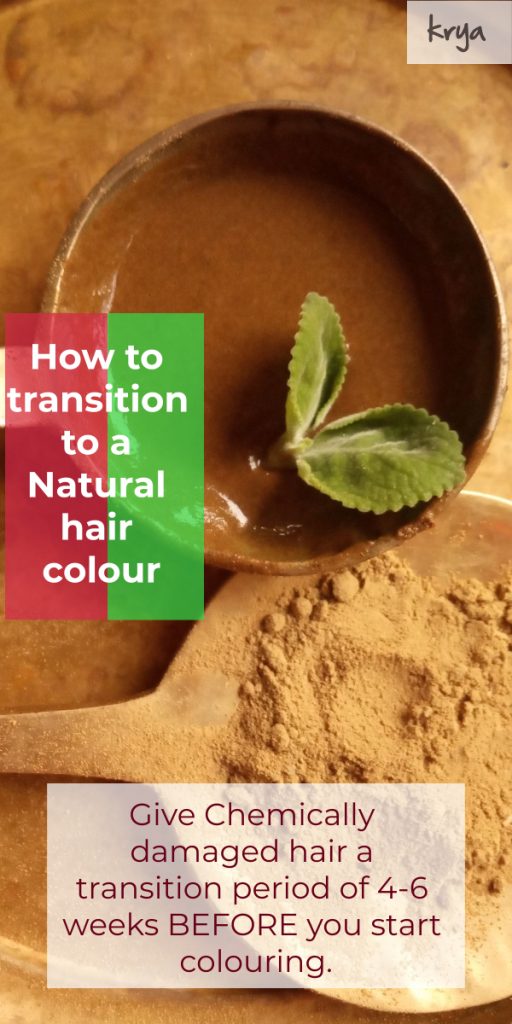
- More gloss and shine
- Less hair breakage when tugged, brushed or combed
- Smoother and silkier hair
- Hair growth improves
- Breakage and hair fall reduces
What colours to start with for Chemically damaged Hair:
- Start with our Madyantika Tints FIRST. Madyantika Tints come loaded with herbs that stimulate the scalp, improve hair growth and balance pitta dosha in the scalp. Madyantika Uno, Madyantika Brown or Madyantika Red can be used.
- Use these tints once in 2 weeks for 2 months (4 applications). They can be used instead of the Damage repair hair mask every alternate week on WELL OILED HAIR.
- After 4 applications, use Madyantika Tint on clean, unoiled hair. After a gap of 7 days, use any of our Indigo based colours like midnight Black, Natural Black, Truffle Brown or Dwii midnight Black.
- After Indigo colour application use the Krya creamy hair colour strengthening mask (next day).
- Between both colour applications oil hair 4 times and wash only once (just before Indigo colouring).
- Repeat this Madyantika + Indigo cycle on clean unoiled hair for 5 cycles. This process helps build up base Henna in the hair improving the colour latch with Indigo based colours.
- After 5 cycles, transition to our Indigo colours if you wish. Colour hair once in 3-4 weeks only. Continue to follow our hair care system between colouring.
- Every 3 months restart the Madyantika – Indigo cycle for 2 cycles – this helps strengthen hair, and improve colour latch.
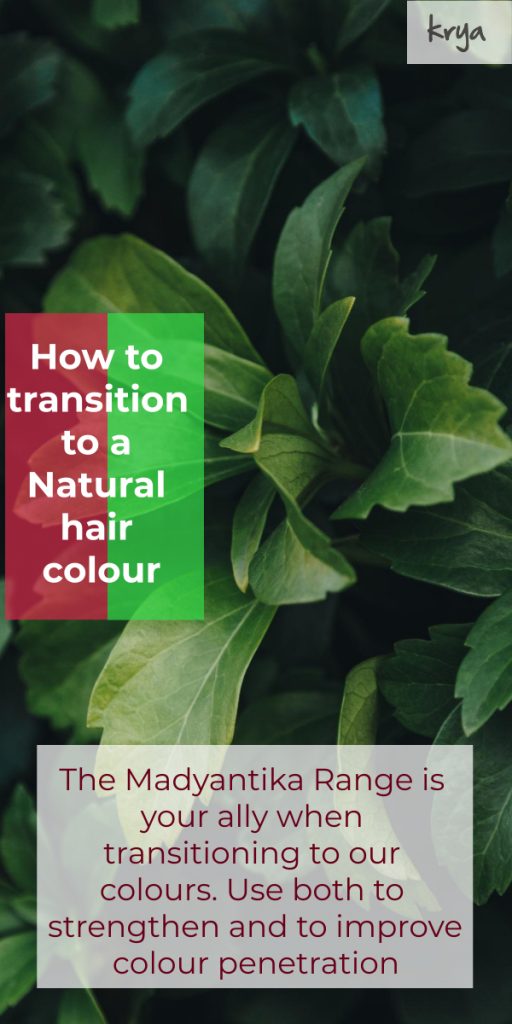
Summing up: transitioning to natural colours with chemically damaged hair:
- Allow for a 6–8-week transition period between synthetic and natural colours
- In this period use the Krya Damage repair hair system to help begin healing the hair. Avoid all synthetics in this period
- After 6-8 weeks start with Madyantika Tints. Apply every other week on well-oiled hair. Here we are using the Tints as Hair strengthening Lepas and not for colour
- After 4-6 application of Madyantika Tints, start with any of our natural hair colours
- This waiting period of 10-14 weeks helps the hair recover from the ordeal of chemical damage and sets it up for better growth over time
- Do 5 cycles of Madyantika Tint – 1 week gap – Indigo colour – Hair colour Hair Mask– 3 weeks gap and then repeat. This helps build up Henna saturation in hair and improve colour latch and reduce colour fade
- After 5 cycles transition to Indigo colour alone if required. Colour once in 3-4 weeks and always follow colour with the Hair colour hair mask.
- Continue on the Hair care products like the oil, wash and makes between colouring sessions.
How to transition if my hair is not chemically damaged
If your hair is not showing major signs of chemical damage, congratulations! You dodged a bullet there! However, if you have been using synthetic shampoos and conditioners, using heat on hair, and have not oiled regularly, we may still have a small amount of hair damage to address.
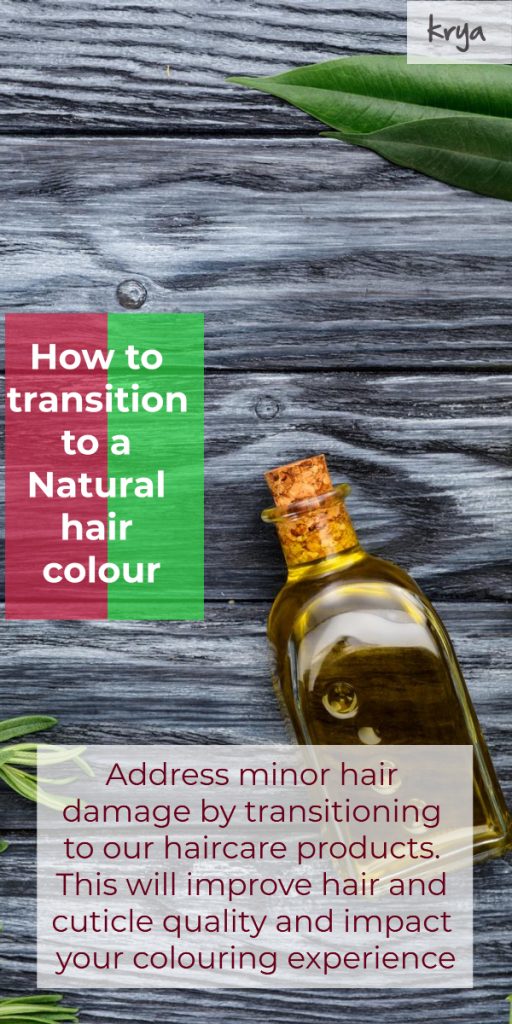
- Check with us and find out the ideal Krya hair care system for your hair. If you have premature greying, The Classic hair system is ideal. Classic plus is ideal for hair thinning. Conditioning system suits dry, frizzy hair. And Intense hair system suits hair after a major illness. Anti-Dandruff system is recommended if you have oily, fungal dandruff.
- Transition completely to our natural hair care system. Avoid using conditioners, synthetic shampoos and heat on hair. Use our hair care system for atleast 2 weeks before starting on our natural hair colours
- We recommend leave on oiling 4 times a week, wash off oiling once or twice a week, and using the recommended Mask Once a week on heavily oiled hair.
- Start with our Madyantika Tint after 2 weeks on clean, unoiled hair. After a gap of 7 days, use any of our Indigo based colours – Midnight black, Natural black, Truffle Brown or Dwii Midnight black. Give a gap of 3 weeks before restarting this cycle.
- Continue this Madyantika-Indigo application for 3 cycles. After this, you can directly apply our Indigo based colour once a month.
- Every 3 months after transitioning to pure Indigo based colours, add a Madyantika Tint to refresh and build up Henan I the hair.
- During this ENTIRE colouring process continue with the Krya natural hair care system recommended for you.
- This will ensure good hair care, along with decent colour latching and hair protection.
What are the benefits in Krya natural hair colour?
Apart from the other more obvious reasons to switch to Krya’s natural hair colours, there are some excellent hair care reasons to consider switching to a purely natural herbal colour like the Krya hair colour.
Natural hair colours like Krya use whole, organic hair nourishing herbs like Henna, Amla, Fenugreek, Manjishta and Khadira. These herbs not just colour the hair, but also deeply nourish it from within.
Khadira provides an excellent astringent and anti-bacterial effect on the scalp. This brings the scalp’s pH to the right level reducing fungal and bacterial attack on the hair. Amla is a hair health restoring herb that promotes hair healing and regeneration. Brahmi is a wound healing and cell regenerative herb. It restores life and strength to damaged scalp and hair.
Henna and Indigo attach to specific dye receptor sites on the cuticle of the hair strengthening it and giving an additional layer of protection.
The entire range of natural hair colours of Krya reduce pitta in the scalp which aggravates with use of synthetic hair colour. So, our natural hair colours improve scalp health, cool the eyes and soothe the brain as well.
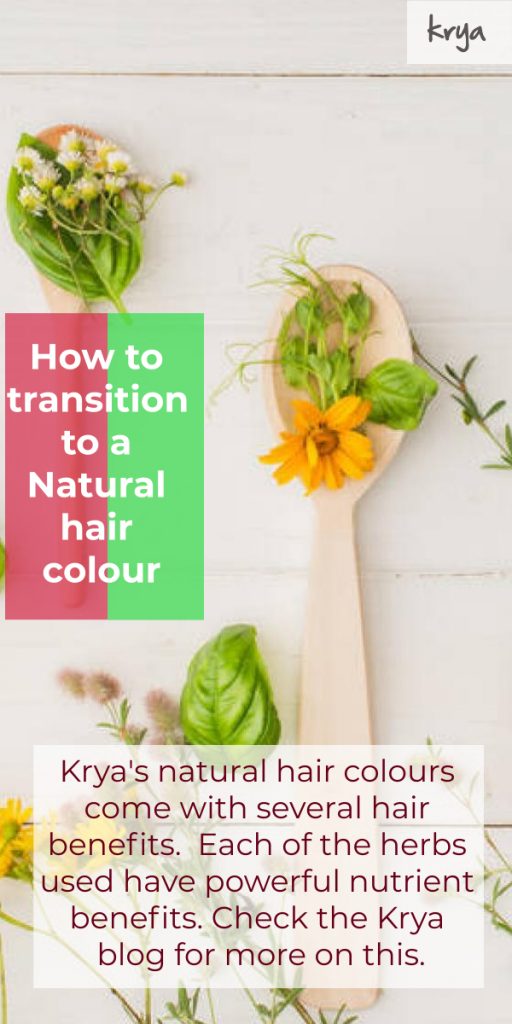
To Sum up: how to transition from a synthetic hair colour to the Krya range of natural hair colours
Synthetic hair colours severely damage the health of the scalp, its ability to produce fresh healthy hair and the existing hair. Natural hair colours work different from synthetic hair colours. They work o the external surface / cuticle of hair which is usually damaged by synthetic hair colours. So, hair colouring with a natural hair colour can be a frustrating experience as we feel that the colours are simply not working well for us.
In this post we have discussed how to transition successfully form synthetic hair colours to our natural hair colour range in 2 scenarios: when hair is severely chemically damaged, and when hair is not chemically damaged.
In the case of chemically damaged hair, we advise a transition period of 10-14 weeks to allow hair damage to heal before using our natural colour range.
In both cases, we have also discussed a detailed transition regimen which ensures that the colour build up in hair is good, latching is improved and colour fade is reduced.
While this may seem like a lot of work compared to using a single step synthetic colour, do keep in mind the sever hair damage and health issues that occur as a result of synthetic hair colours. Permanent skin pigmentation, respiratory allergies and eye damage are just a few of the side effects we come across. But when we transition to natural hair colours, there is a vast improvement in hair and scalp health, hair quality and hair growth.
If you need further help on transitioning to our natural hair colour range, please write to us.



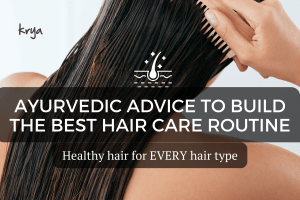
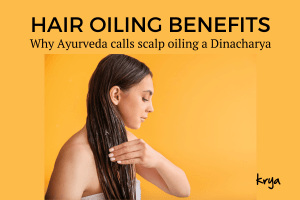

Sounds good! Are these products available in the UK? Would love to try them.
yes, we can ship via UPS. Do write to us telling us what you would like to buy? ([email protected])